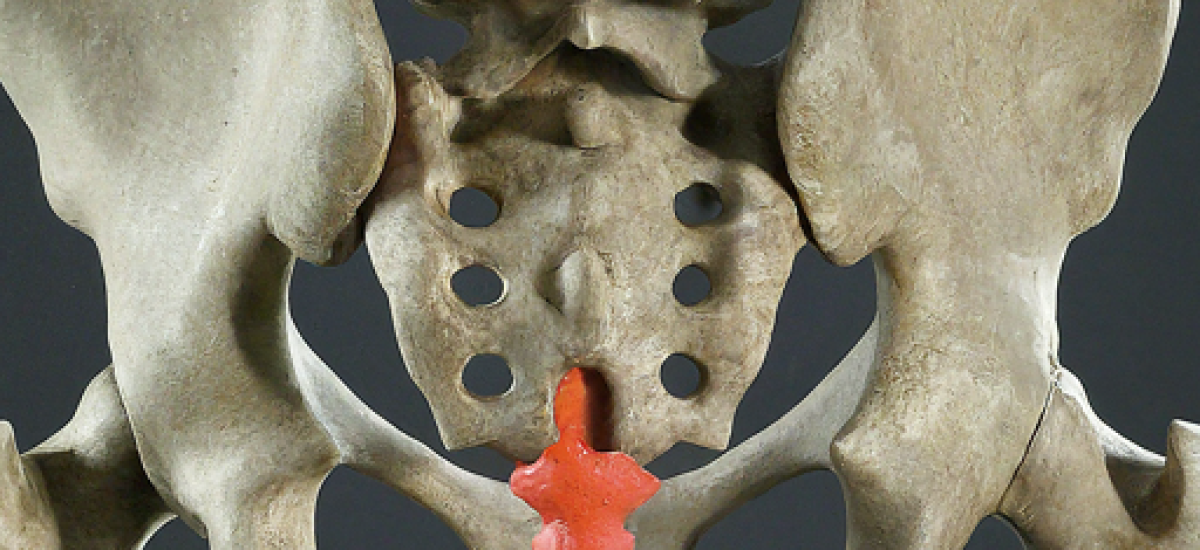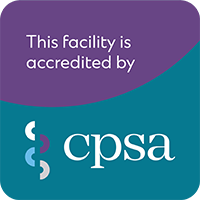Image created by Gemini
In this post, I wish to highlight the work of an outstanding physician who keeps on keeping on. Not only is he a wonderful physiatrist and interventionalist, but he’s just a wonderful humble human being. He’s also our medical director at Vivo Cura and my birthday is coming up 😉. Anyway, one of the tenets we practice by at Vivo Cura – is innovation – and essentially we ask ourselves: Can we do things better or differently to benefit the patient? This year alone, Dr. Robert Burnham has published 3 papers on such innovations. I have highlighted one previously regarding our data on PRP injections into the lumbar spine disc. However there are another two that have recently been published.
Ultrasound vs X-Ray Guidance for Diagnostic Blocks in the Neck Region?
When interventionalists deliver medicine to a target structure, I think everyone agrees that you want it to get to ‘the right place’. It then has a chance of working. We then would like the procedure to be quick and painless without risk. That was the rationale with this study. Can we deliver the medicine to the medial branch blocks with ultrasound as successfully as we can with X-Ray guidance, thus minimizing radiation. The clever aspect about this study is that we were able to match patients age, sex, pain duration, and even diagnostic block paradigm (single vs double blocks for example). Then we looked at the outcomes of the treatment. Hence, if the ultrasound diagnostic blocks were not as accurate, we would expect to see worse outcomes following the subsequent treatment provided – that being radiofrequency ablation.
And What Did We Find?
There was no difference in outcomes. There was equal success in both groups, matching prior published results. This is good news, suggesting that ultrasound guidance (in skilled hands!) can provide blocks that result in similar results following treatment – without the radiation. There are a few caveats, such as the ability to visualize the structures using ultrasound, but in the right hands, this is a powerful finding.
Sacrococcygeal joint radiofrequency ablation for treatment of chronic coccydynia.
You can see in the picture above, that the tailbone can be painful (especially if you make it red-looking!) These can be painful – to sit especially, but to change position also – not fun as the saying goes. Treatments for coccydynia (long name for tailbone pain) have not been thoroughly studied, and previous applications to the front of the tailbone are challenging to perform or carry risks. Thus, Dr. Burnham set out to discover if another method could be used. So, after studying the most recent anatomical studies on the nerve supply to the tailbone, he went to work. Firstly, people with chronic coccyx pain were provided diagnostic blocks. If successful, they progressed to radiofrequency ablation – where a heated probe cooks the nerve supplying the affected structure – in this case the tailbone. His team then followed these people for 3-months to determine how successful the procedure was.
And What Were the Findings?
A total of 30 people underwent the procedure. Nineteen of these reported a satisfactory outcome, reporting approximately 60% pain relief 3-months later. So, not perfect by any stretch of the imagination, but when you have failed every other treatment over a period of 8.5 years (as these people had), then there is a reasonable chance that this might be at least worth a chance. No adverse events were reported, so that is a big plus also. More research is needed in this area to see if results could be improved, but at least this study provides a baseline success rate that people can refer to prior to beginning their interventional journey.
I’ll look forward (in the coming months) to reporting on further studies similar to these that our clinic conducts to audit our results and inform patient-centred care. I am thankful to work around such a talented group that care so much for improving outcomes of people with a lived experience of pain.
- Burnham R, Trow R, Trow J, Smith A, Burnham T, (2024) Can ultrasound-guided medial branch blocks be used to select patients for cervical facet joint radiofrequency neurotomy? – A matched retrospective cohort validation study, Pain Medicine, 2024;, pnae054, https://doi.org/10.1093/pm/pnae054
- Moorman, S. W., Kutcher, J., Burnham, R. (2024). A description and outcome evaluation of sacrococcygeal joint radiofrequency neurotomy for treatment of chronic coccydynia – A dorsal approach. Interventional Pain Medicine, 3(3), 100431. https://doi.org/10.1016/J.INPM.2024.100431





